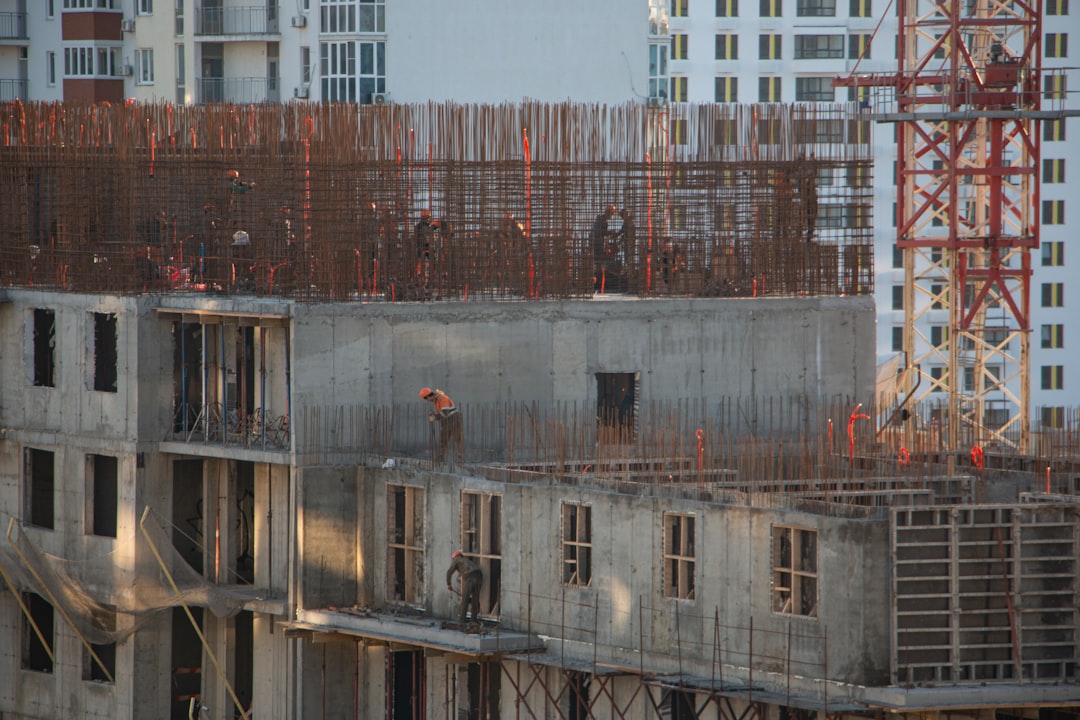
Professional contractors often ask, "What influences the cost to replaster a pool?" Prices typically range from $4,000 to $8,000 for a mid-sized residential pool, but various factors impact these numbers. For 2025, the average cost per square foot is approximately $4 to $7 for standard plaster, translating to $2,600 to $4,550 for a 15 × 30-foot pool. Premium finishes like quartz can increase costs to $6 to $10 per square foot, resulting in $3,900 to $6,500. Below, explore the primary drivers, detailed price breakdowns, and strategies to optimize costs.
Replastering offers significant benefits, including:
Professional estimates incorporate:
For standard white plaster, contractors should budget approximately $4 to $7 per square foot. For a 15 × 30-foot pool, this translates to $2,600 to $4,550. Premium finishes like quartz increase the range to $6 to $10 per square foot, resulting in $3,900 to $6,500.
Our line-item cost breakdown includes:
Total estimated investment: $4,250
Streamline the estimation process with:
Signs your pool needs replastering include visible substrate and increased chemical usage. Consider replastering every 10-15 years, factoring in climate and usage patterns.
Skip lengthy contractor searches. Visit CountBricks.com for an instant cost breakdown tailored to your site.

In a detailed case study, a San Francisco pool renovation demonstrates the efficiency of using advanced tools. Faced with a 12 × 25-foot pool showing wear, the contractor utilized precise surface measurement tools.
The proposal finalized at $3,250 for standard plaster, highlighting substantial cost savings due to scheduling efficiencies.
If replastering is overdue, leverage advanced tools for rapid, accurate assessments. Open a consultation at CountBricks.com and obtain detailed project scopes and realistic timelines immediately.